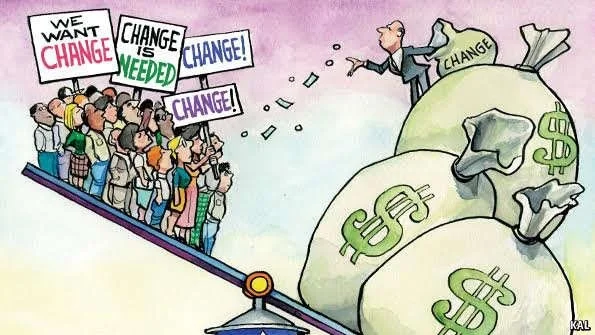Income Inequality - an increasing trend
The issue of economic inequality has reentered the national conversation over the past few years. ‘Inequality’ may seem a simple term, but it may mean many different things, depending on the point of view. Higher inequality can lead to social unrest, lower trust in society and government, and increased risk of volatility. It can however lead to higher levels of business growth from the higher levels of savings and investment at the higher end of the income scale.
In the US, inequality was low in the preindustrial times when most people lived at subsistence levels. With industrialization, a gap started to form as the factory workers earned more than the farmers, and the owners of capital started to earn rewards that further increased the inequality. With the growth in the manufacturing base during the middle of the 20th century there was a broad growth in the middle class. With increasing specialization however, certain forms of labor earn higher incomes than others, creating greater inequality, and as capital growth compounds, it creates ever increasing levels of inequality, which is what we are seeing today.
Inequality can be measured in different ways. If we look at wealth as an indicator, it tends to be more unevenly distributed than income, and if we look at consumption as an indicator, it is typically less unevenly distributed than income as those at lower income levels often receive welfare (food stamps, etc.) and other benefits that enable them to increase their consumption level without increasing their income. Another factor to consider is whether to take pretax or after-tax income for the purposes of measurement.
For our purposes, we will use pretax income data as compiled by the US Census Bureau. We will consider two measures; we will consider the ratio of the income at the 90th percentile with that at the 10th percentile over the 50-year period from 1968 to 2018 , with 2020 added as the most recent data point, and we will also look at the absolute dollar amount of the incomes at these percentiles over the period in question.




